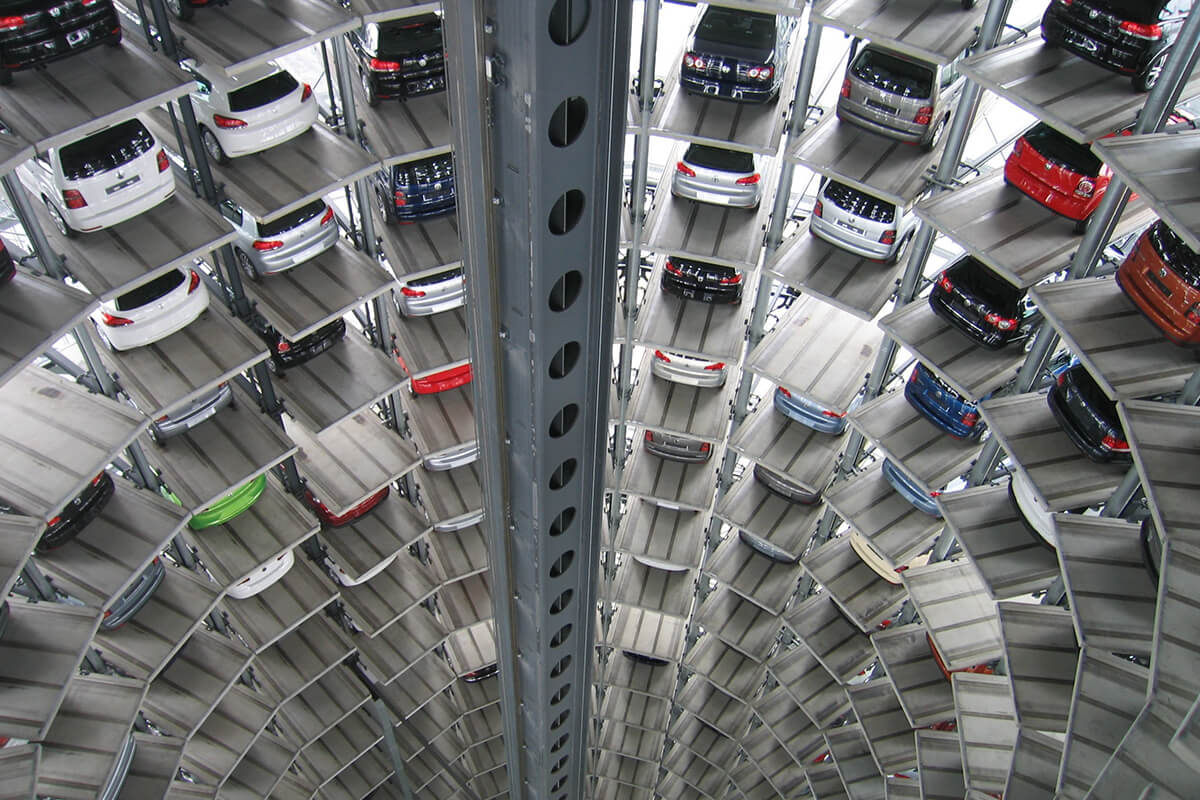HERA is pleased to announce the publication of HERA Report R4-152, authored by Nandor Mago, HERA’s Finite Element Analyst.
The report checks the validity of the simpler structural design methodology for steel framed carparks using detailed sequentially coupled thermal-stress analyses, which models a 17m x 30m composite floor system supported by steel framing.
The steel beams’ plastic deformation, the largest deflections and internal forces in critical sections of the secondary beams are extracted over the duration of the applied single car fire loading. In this report, two car fire scenarios were investigated.
The sequentially-coupled thermal stress simulations demonstrated that no structural collapse is expected even if the secondary beam is directly exposed to a local fire. The load bearing capacity of the neighbouring secondary beams is also activated when the source of local fire is directly under the secondary beam.
Background and issue for steel framed carparks
The current New Zealand Building Code Commentary for Acceptable Solutions (C C/AS7, December 2013) has stringent fire resistance rating requirements for structural elements of carparking buildings. These generally require the elements to be protected with passive fire protection.
Through an analytical method developed by third parties – L Lim and M Feeney, it’s possible to demonstrate that the beams within a typical multi-bay steel framed carpark can be left unprotected.
This method is referenced in SCNZ Report – Structural Fire Design for Steel Framed Carparks”, 119-2019. This methodology involves the analysis of the capacities of steel beams under exposure to realistic vehicle fires, as given for localized fires in EN1991-1-2:2002 Annex C. This approach removes the assumption of full compartment involvement that is assumed by other simpler methods.
Figure 1 This animation shows the vertical deflection (m) expected from a single car fire 2.5m distance from the primary beams’ centerline (parallel to the longer span) in 5 minute increments. The deformed shape is magnified 20 times.
Figure 2 The corresponding temperature contour plot (degree C) in 5 minute increments (20 times magnified deformed shape).
Who can benefit from this report and how?
Engineers who are interested in more advanced calculations and a more accurate prediction of the structural response of a structure will find this HERA Report beneficial. Particularly in relation to structural fire design for steel framed carparks.
It’s why we’re excited to offer this resource free to our Platinum ‘Ordinary’ members.
To access, please get in touch with our library via email at info@hera.org.nz.
For all other users, this report is available for purchase on our online library portal here.
Need help? Leverage our FEA services!
If you have challenges that require FEA expertise, please get in touch! We’re here to help our industry, and can offer assistance in finding out the deformation, temperatures, acting forces and similar on your structure under fire (or any other loading).
Kaveh Andisheh, Manager Structural Systems: kaveh.andisheh@hera.org.nz
Nandor Mago, Finite Element Analyst: nandor.mago@hera.org.nz
Update shared by our Senior Structural Engineer, Nandor Mago.
